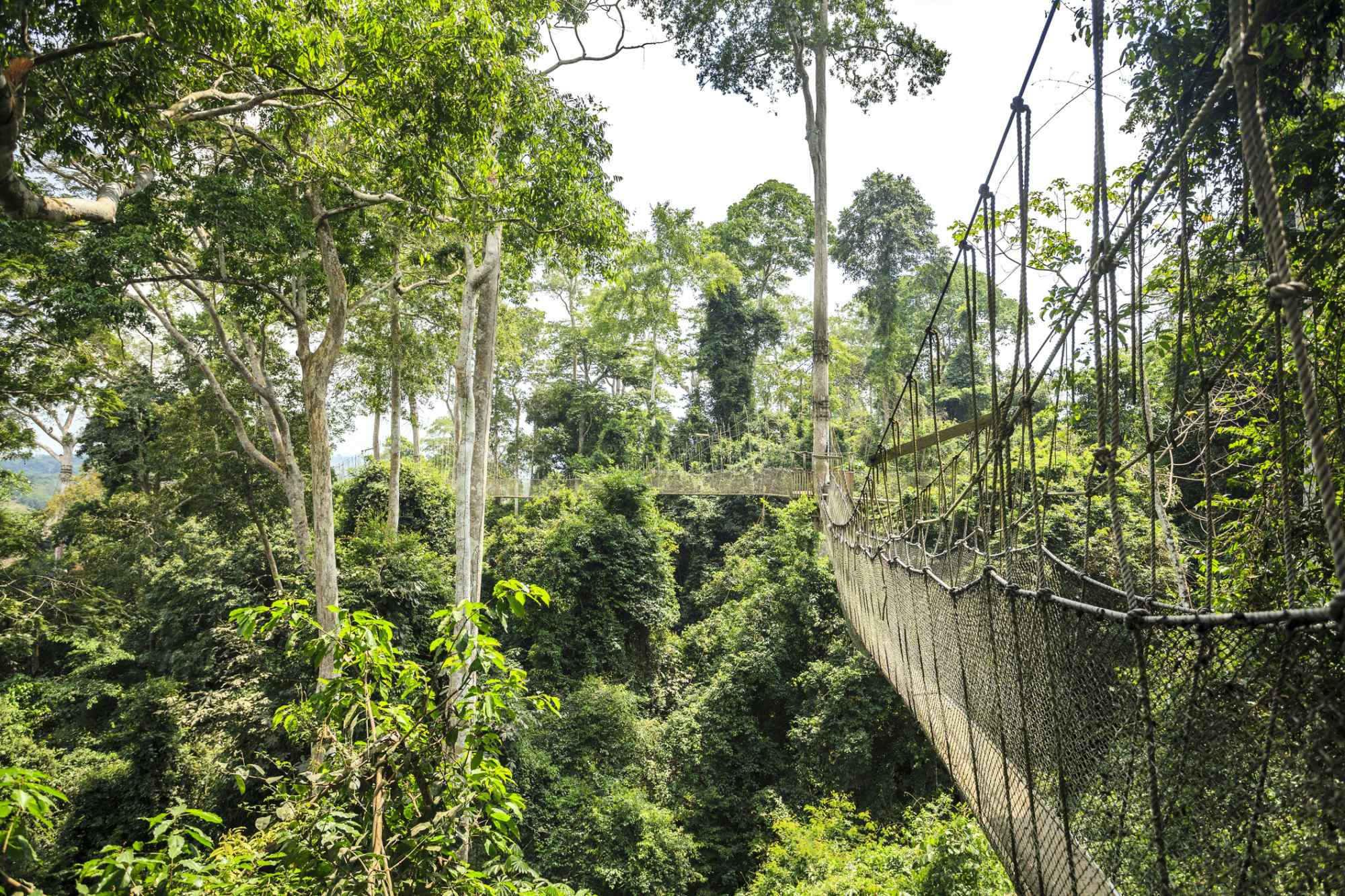Ghana is a West African country located between Togo and Côte d'Ivoire. Its coastline is speckled with golden beaches and unspoilt fishing villages. They function as a stark contrast to its coastal forts; dark reminders of when Ghana was a hub for the slave trade. Travel inland and you’ll discover the misty rainforests of Kakum National Park and the tree-covered mountains of the picturesque Volta Region.
Mark Williams, who runs an ecotourism company in West Africa, first visited Ghana at the age of 19. He was immediately captivated by the country, and relocated there as soon as he could.
“Firstly, it’s the people,” he says. “They are incredibly welcome, very friendly. Everyone is just so happy to meet travellers and share their culture and history - it’s got a great music scene, lots of afrobeats - and the food is really delicious as well.
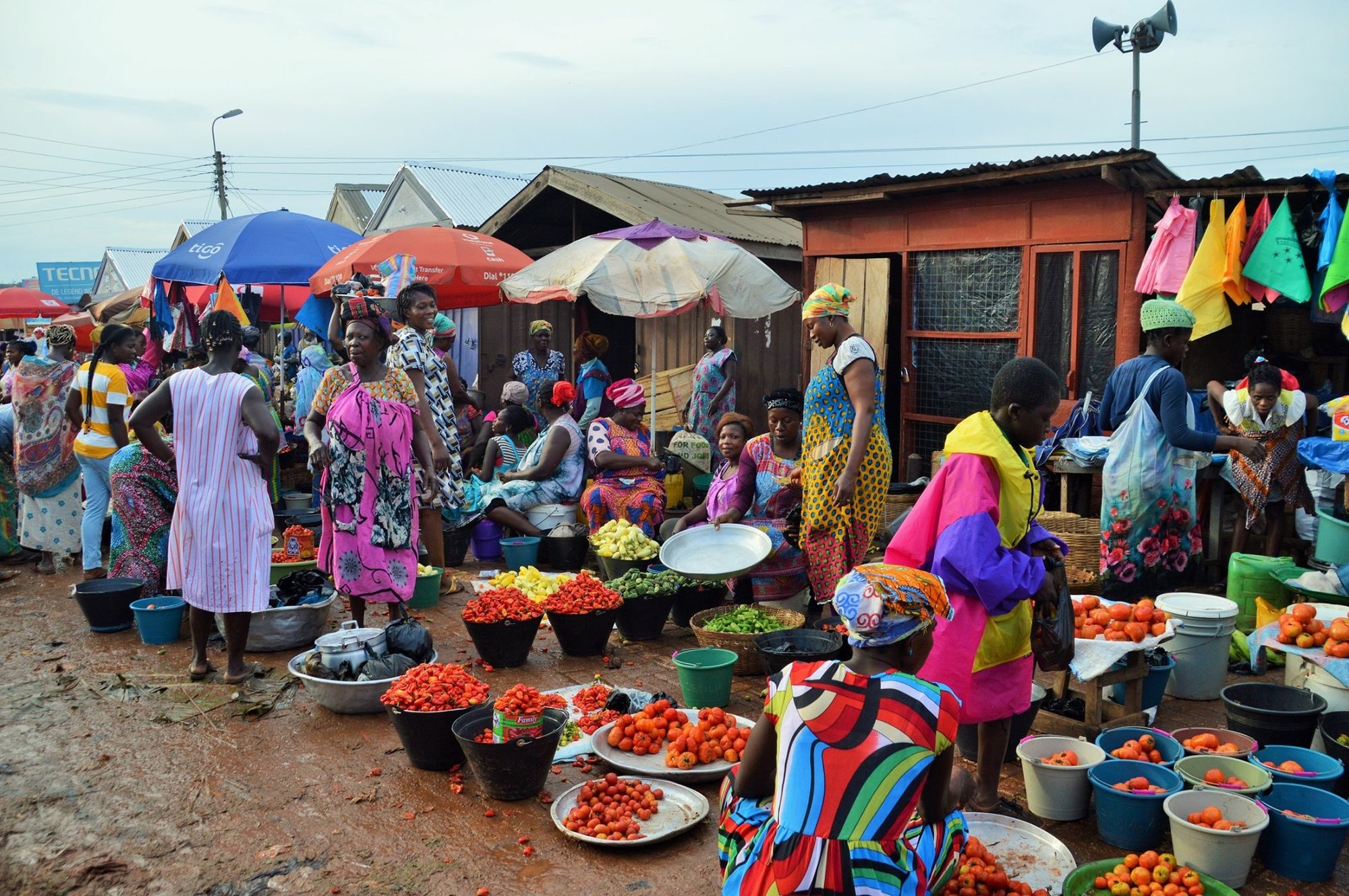
“The country's varied landscapes are also a big draw. You’ve got the beautiful coastal areas, you've the coastal savannah going up into rainforest, then woodlands and high savannah. The diverse habitats mean it’s very good for birds, butterflies and wildlife. It hasn’t got the Big Five but I think there's a thousand species of butterfly in Ghana compared to around 60 in the UK.”
We spoke to Mark about some of the best activities to do, and places to visit, for travellers visiting Ghana in search of adventure.
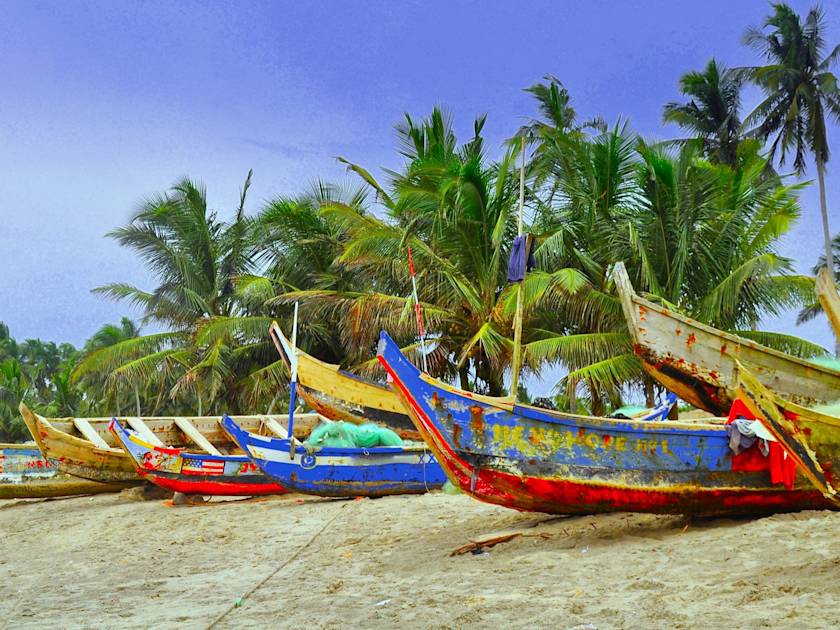
The Basics
- Currency? Ghanaian Cedi
- Languages? English, Akan, Ewe, Abron, and Dagbani
- Plug adapter? D or G
- Do I tip? It’s appreciated, but not expected (up to 10%)
- Average beer price? £0.77
- Best adventure? The Ultimate Adventure in Ghana
The Best Things to do in Ghana, Mapped
We've listed our favourite activities and places to visit on this interactive Ghana map. The only omission is number eight on the list, ‘try mouthwatering Ghanaian food’, because you’ll be doing that all over the country.
10 Things to Do in Ghana
1. Visit a Pioneering Ecotourism Project in Bonkro
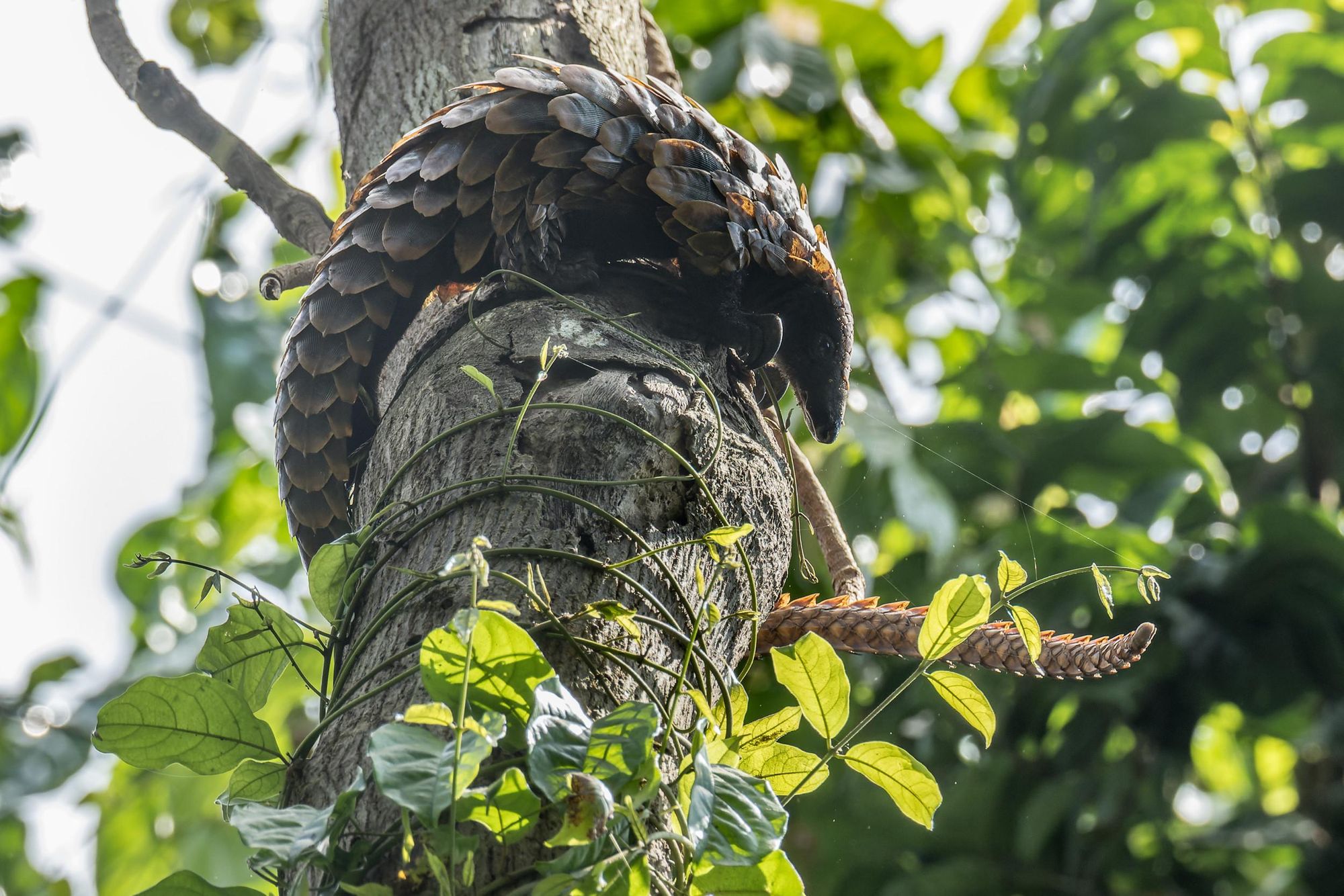
Mark’s top suggestion for travellers is to visit the community project that he and his sustainable tourism company established in Bonkro, a village so small you can't see it on Google Maps. It's surrounded by a few thousand hectares of rainforest which were being cut down by illegal logging, while wildlife was being illegally hunted. Considering the area is home to rare wildlife - including the endangered yellow-headed picathartes, an endangered Upper Guinean bird species, and two species of pangolin - preserving it is important.
“We have set up an initiative where we actively protect the rainforest, and work in the community to showcase the benefits of sustainable tourism,” Mark says. “We've built a school attended by about 300 local children, and accommodation for tourists - money goes back into the community fund when people stay there. We also sponsor a forest committee, with rangers to patrol the forest and ensure there’s no illegal activities going on.

“As part of this project, we’ve introduced environmentally-conscious farming techniques. We're trying to get the communities to step back from their traditional cocoa and palm plantation farming, and showing them they can change over to beekeeping, African snail farming (an expensive delicacy in Ghana) or even bush meat farming so they don’t have to hunt. We also sponsor apprenticeships to help people become self-sufficient, and the local boys’ and girls’ football teams - they all wear Arsenal kits.
“When we take groups here, we learn about the local food with cooking lessons. You also learn how to process gari, which is a staple food in the area, and visit a fair trade cocoa cooperative. We have an outdoor cinema; the local villagers come down and we watch African movies together. We explore the reserve as well - there's some nice biking trails. We also do butterfly walks and it's good for bird watching as well.”
2. Climb Mount Afadjato
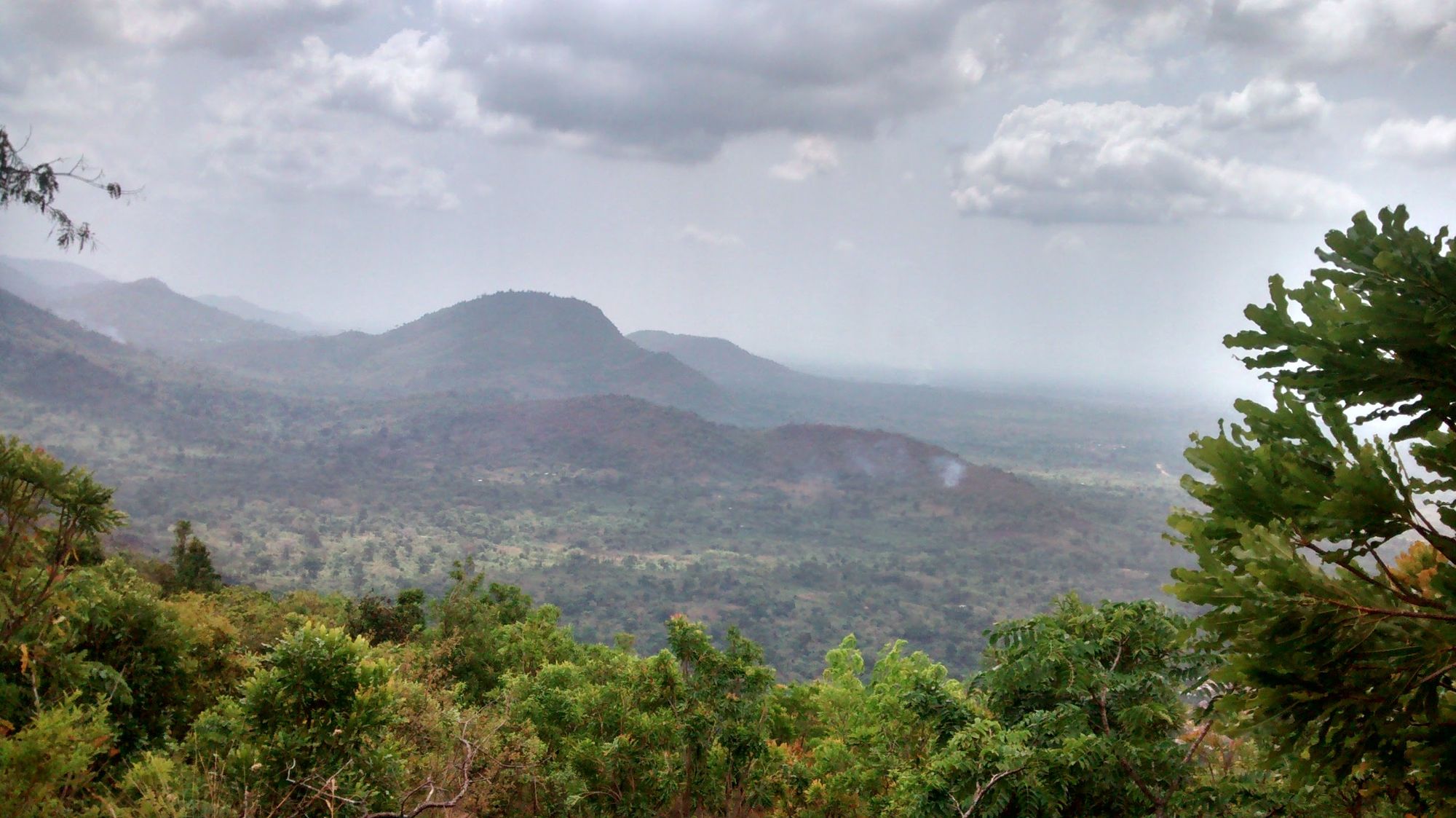
Mark describes the hilly Volta region as one of the best spots for hiking in Ghana, particularly since it contains some of Ghana’s highest peaks, such as Mount Afadjato (885m/2,903ft).
“It's a nice walk to the summit,” Mark says. “But don’t underestimate it - the humidity and the environment make it seem a bit more challenging than it would in Europe.”
The trail takes you up a steep, muddy path through the forest - you’ll be using boulders and tree roots to pull yourself up. After a lung-bursting climb, you’ll see a sign which reads “Hey, don’t give up - you have just clocked 221.3m.” These signs will continue to accompany you on the steep climb - “Don’t give up, quitters never win, you’re 664m to the summit,” reads a later one.
After several hours of climbing you’ll emerge onto the summit, where you’ll have a panoramic view of the rainforest-carpeted peaks of the Volta region, draped in cloud. Descend the way you came and stop off for lunch in the nearby village of Wli. Once refreshed, you can continue hiking through the forest to nearby Wli Falls, believed to be the highest in West Africa. There’s a natural pool there where you can go for a dip.
3. Cycle and Hike the Forest Trails of Ankasa Nature Reserve
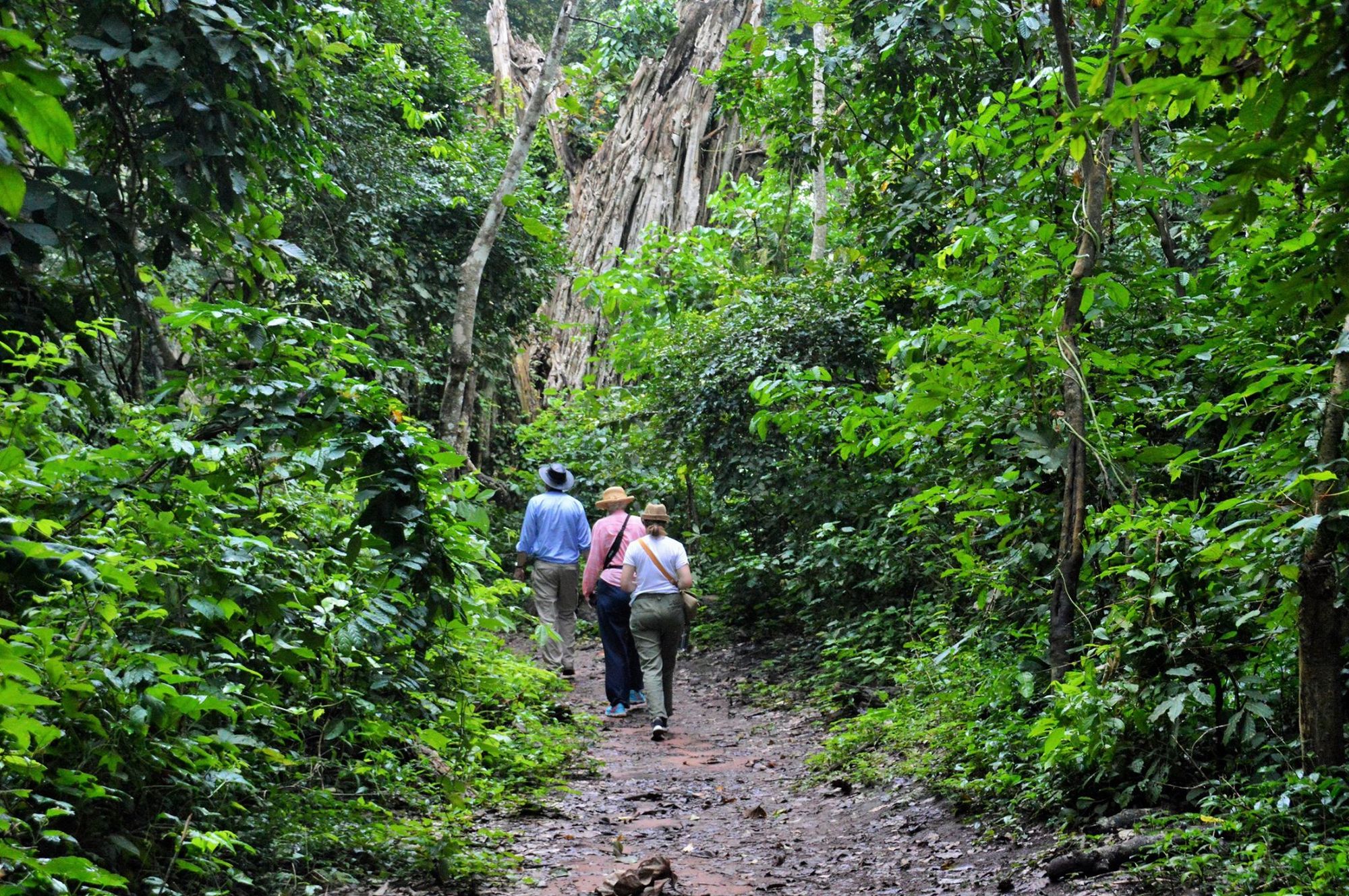
Ankasa Nature Reserve, near the border with Côte d'Ivoire, is one of Ghana’s most pristine tracts of Upper Guinean rainforest. It’s one of the most biodiverse areas in West Africa, home to forest elephants, chimpanzees, bongo antelopes, Diana monkeys, and numerous species of birds and reptiles. The landscape is one of towering mahogany trees, twisting lianas and rare ferns and orchids; of rivers and gushing waterfalls. It’s known for the Bamboo Cathedral, a section of forest where giant bamboo grows in a dramatic arch shape.
According to Mark, the best ways to explore Ankasa are on foot, or by mountain bike.
‘It’s got some really great bike trails through the forest,” he says. “We've been working with volunteers and school groups building bridges in the rainforest, cutting more trails. You can also visit the local villages and see how they live - it’s a really nice atmosphere, and because it’s quite remote you don’t see many tourists there.”
4. Join the Akwasidae Festival Celebrations
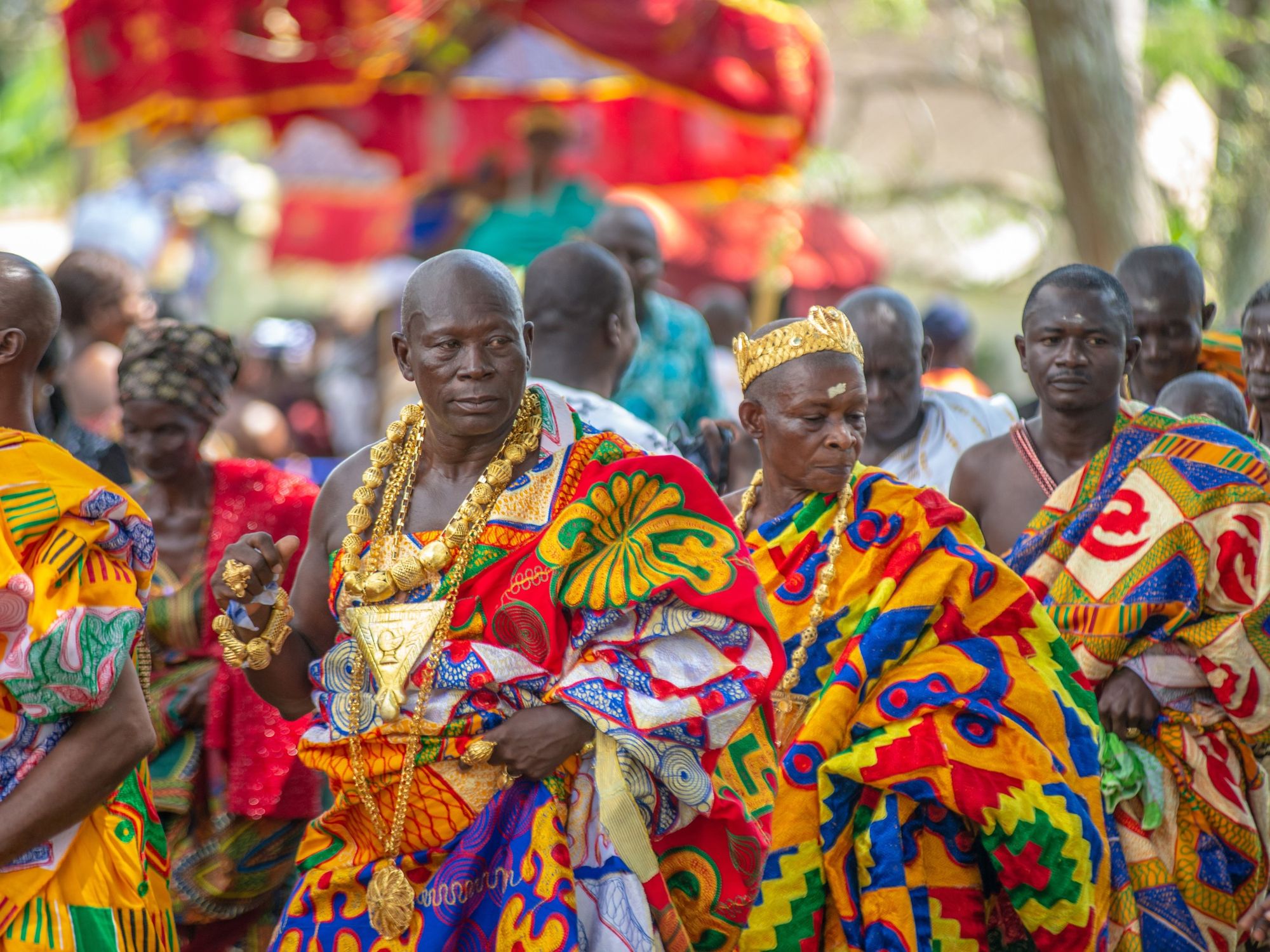
If you’d like to learn more about the Ashanti people, head to their ancient capital of Kumasi for the Akwasidae celebrations, which happen every 42 days (every sixth Sunday).
“Akwasidae is a festival for the Ashanti king. It's the only king that Ghana recognises - the Asantehene,” Mark says. “You have the King and then under the king you have paramount chiefs who rule areas in his region, and then you have sub chiefs under them as well. All of these chiefs and paramount chiefs pay homage to the King every sixth Sunday in his palace in Kumasi, Manhyia Palace.

“The king sits in state and all the chiefs pay homage to him, wearing their traditional costumes. There’s lots of music and dancing - it's a very interesting experience, which you can go and see for yourself.”
5. Go Kayaking on the Gold Coast
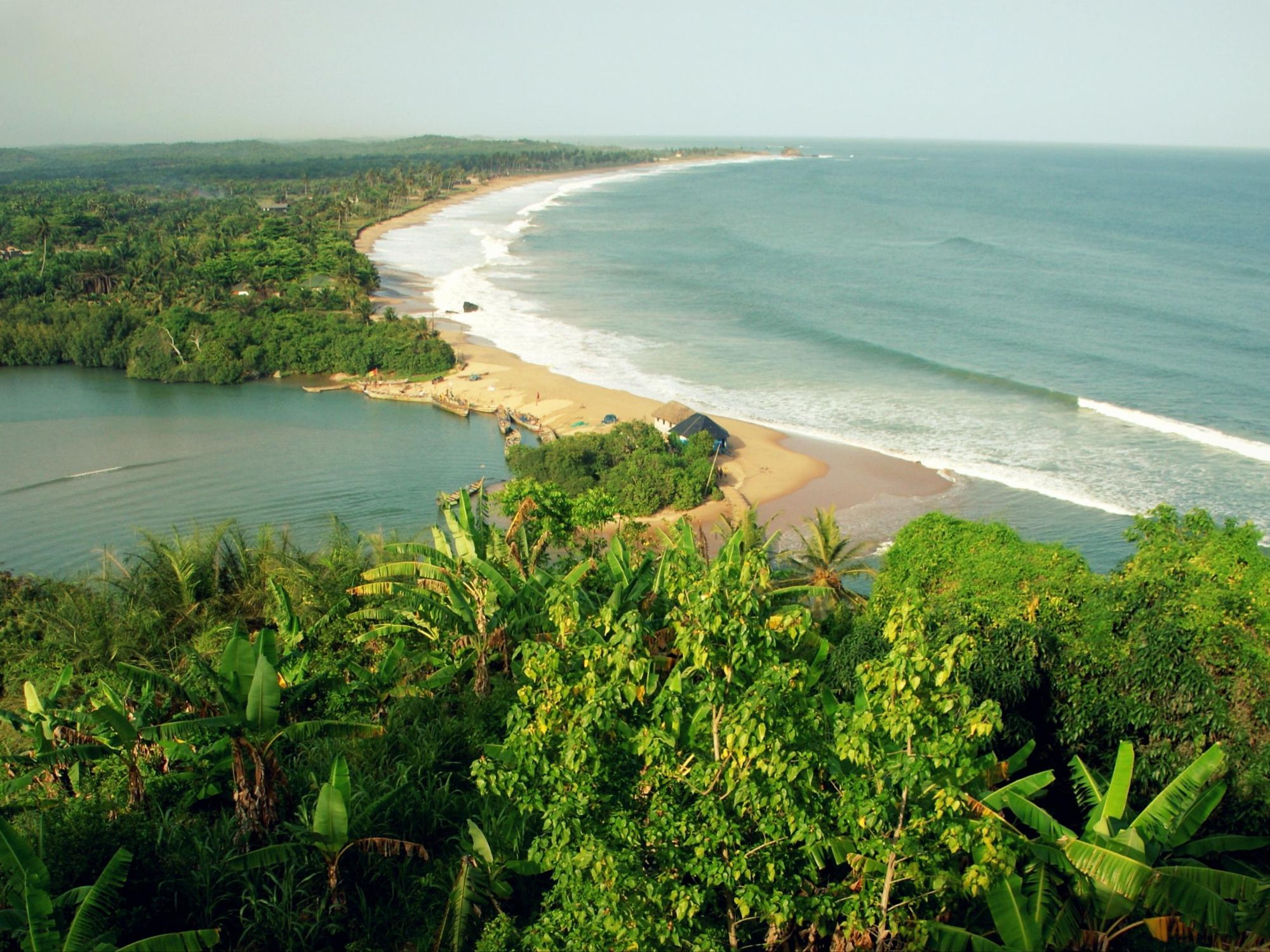
Ghana’s Gold Coast is so named because it was an important source of gold (and was consequently fought over by colonial powers). However, you’ll also find beautiful beaches of golden sand, fringed with coconut palms here.
Mark recommends stopping to relax on one of Ghana’s beaches after an adventurous hiking and sightseeing trip across the country.
“I recommend Brenu Akyninim, where there’s a gorgeous beach,” he says. “You can also explore the nearby fishing villages and meet the community. Best of all, you can get there by kayak. You’ll start to kayak across this saline coastal lagoon, and you’ll come out onto open beach.”
6. Tackle the Canopy Walkway in Kakum National Park
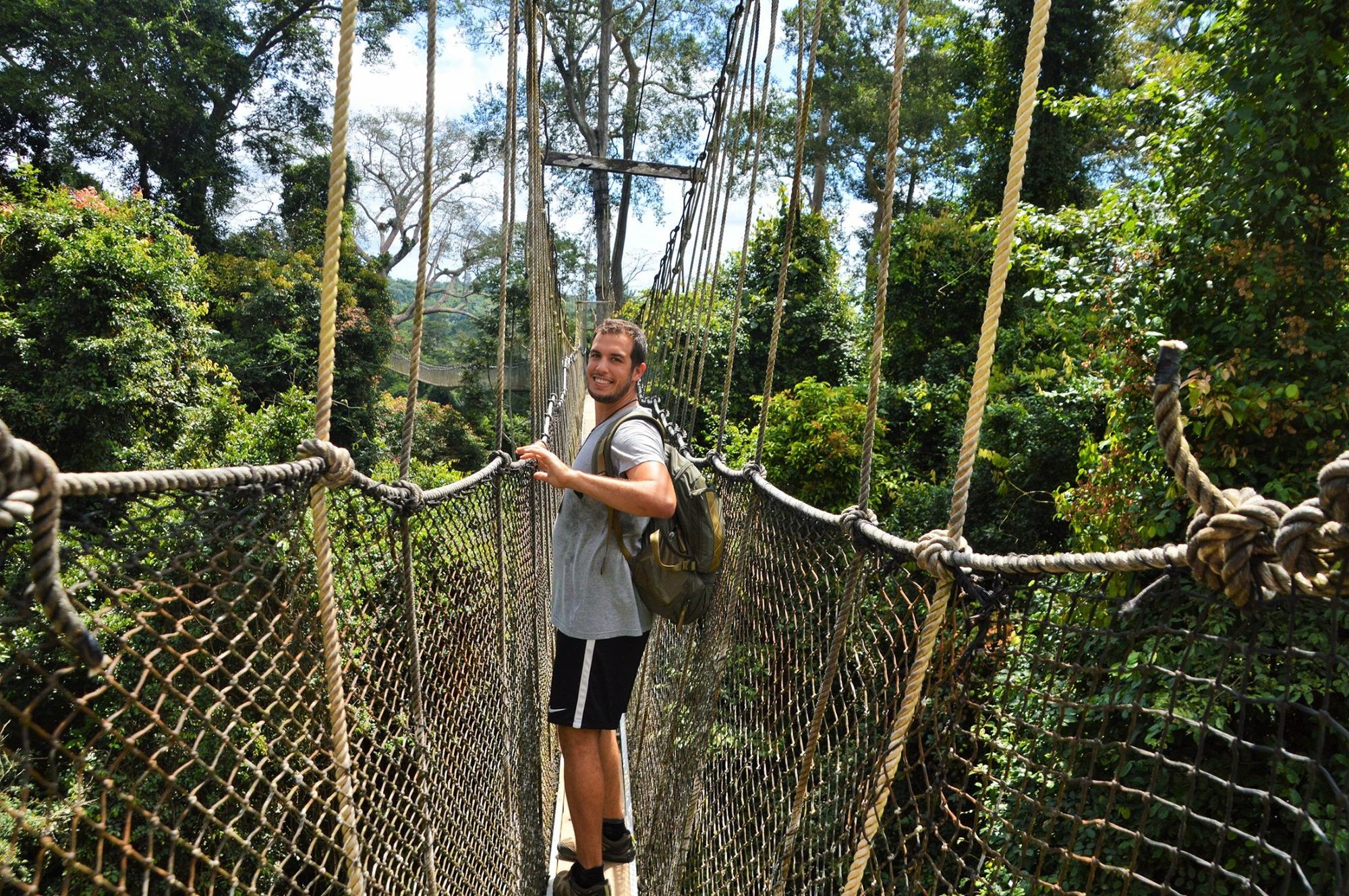
Kakum National Park is a protected tropical rainforest located in the Central Region of Ghana. The park is renowned for its rich biodiversity, housing hundreds of species of birds, mammals, amphibians, and insects, including forest elephants, bongos, leopards, and various monkey species.
One of the park's most iconic attractions is the Kakum Canopy Walkway, a series of seven suspended bridges that stretch about 350 metres (1,150ft) long and rise to a height of 40 metres (130ft) above the forest floor. Built in 1995 by a group of Canadian engineers, the canopy walkway was designed to enhance eco-tourism while allowing people to experience the rainforest in a low-impact, sustainable way. It provides stunning aerial views of the rainforest and provides a rare opportunity to observe the diverse flora and fauna from the treetops.
“We like to go on the walkway when it's not open to the public, so we arrange an early opening trip and can get there for first light, or we can stay after it's closed for sunset,” says Mark. “This gives it a whole new feel as you haven't got lots of tourists there as well - it’s also when wildlife is most active.”
7. Go Wildlife Watching in Mole National Park
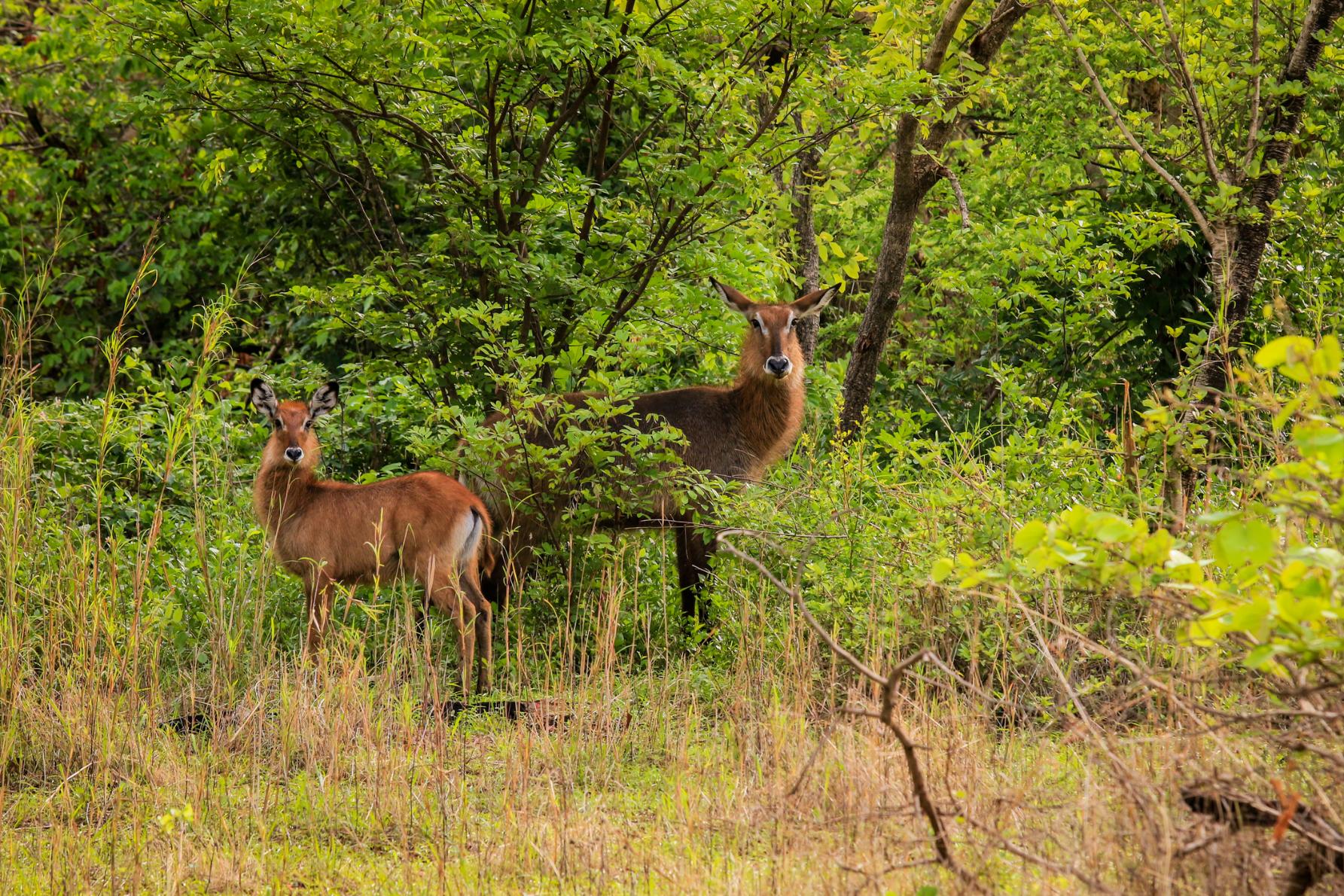
Mole National Park, located in northern Ghana, is one of the best places to see wildlife in the country - over 93 species of mammals and around 400 species of birds have been recorded. Patas and Vervet monkeys can be seen in the park, alongside elephants and buffaloes. Lions, hyenas and leopards also call Mole their home, but live deeper within the park than most travellers ever venture.
Travellers can embark on guided safaris within the park, either on foot or by vehicle. We’d recommend the former, as it enables you to explore Mole’s high savannah plains, lush waterways and rivers.
8. Try Mouthwatering Ghanaian Food
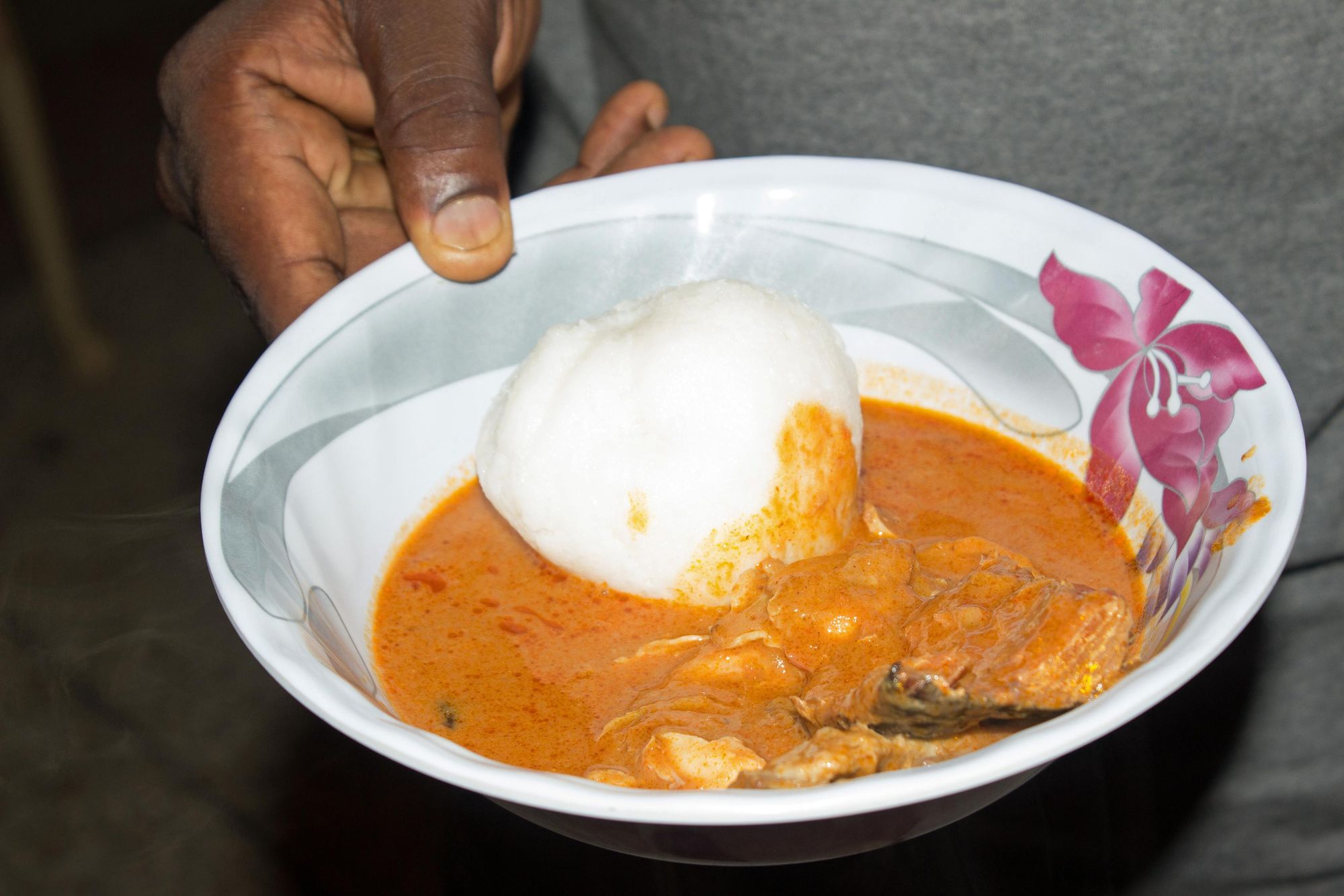
According to Mark, in Ghana you’ll never go hungry - the food is both delicious and plentiful. The most famous dish in Ghana is jollof rice, which is rice cooked in a spicy tomato broth.
“There's a battle in West Africa over who makes the best jollof rice, Nigeria, Ghana or Sierra Leone. Clearly, Ghana does,” Mark says.
“One of travellers’ favourite Ghanaian dishes is red red, which is ripe plantain, fried with a spicy bean stew and served with either chicken or fish. Another favourite I would say is groundnut soup - we call it ‘nkatenkwan’ - which is eaten with rice balls, omo tuo. We call that the Sunday special in Ghana; rice balls with a big bowl of soup which everyone eats from.”
9. Hike in the Shai Hills Reserve
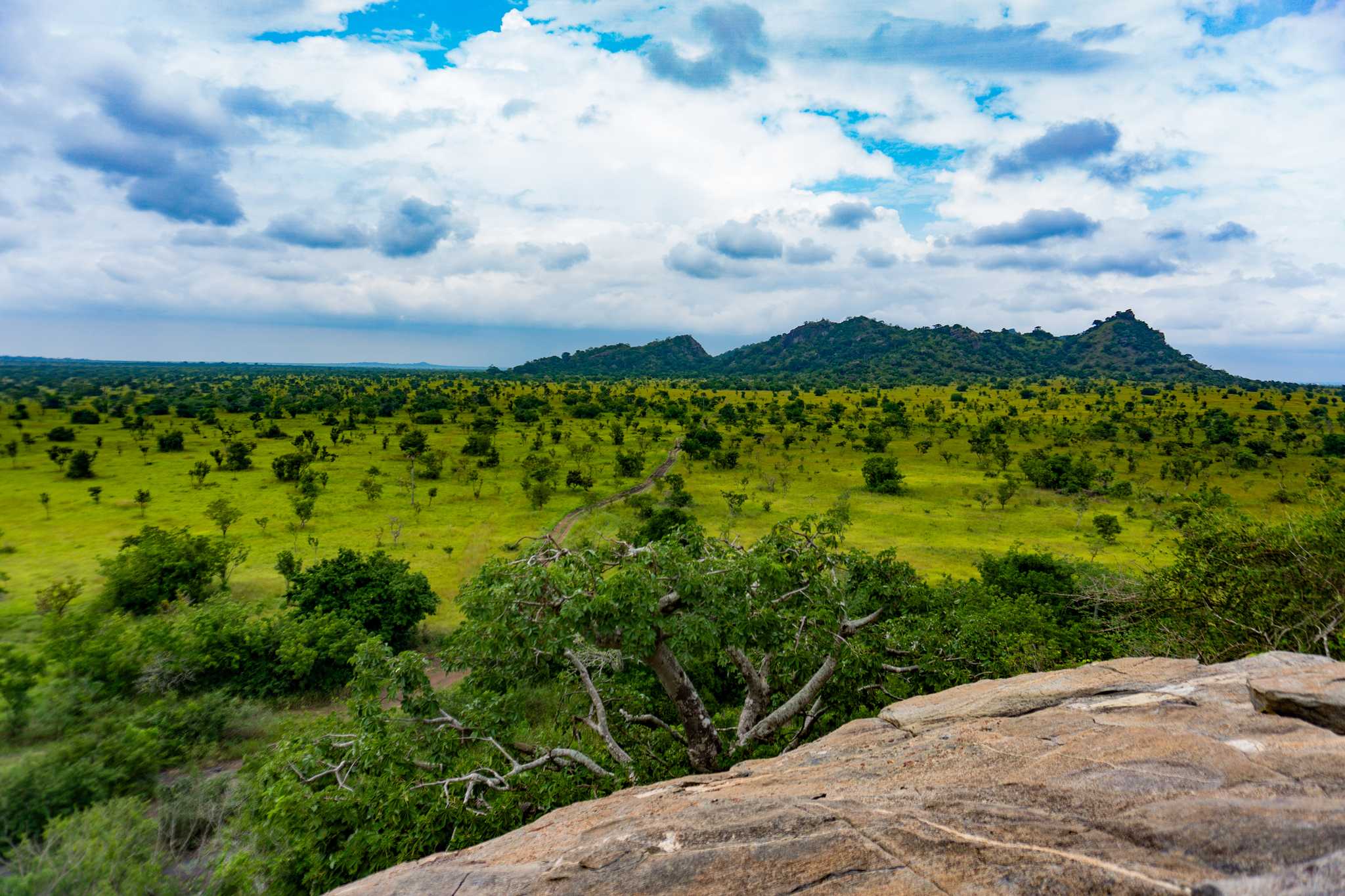
Shai Hills Reserve, located just an hour from Accra, is an area of open savannah and dry forest against the backdrop of ancient rock formations. Hike the scenic trails that wind through the landscape, keeping your eyes peeled for the olive baboons, antelopes and colourful bee-eaters who call the reserve home.

Use ropes to climb up the rocks for amazing views of the region. You can also visit the ancestral caves of the Shai people. They used these caves until the 19th century, when the British colonists forced them off their ancestral land. Now you’ll find bats nesting inside them.
10. Visit the Fantasy Coffin Makers of Accra
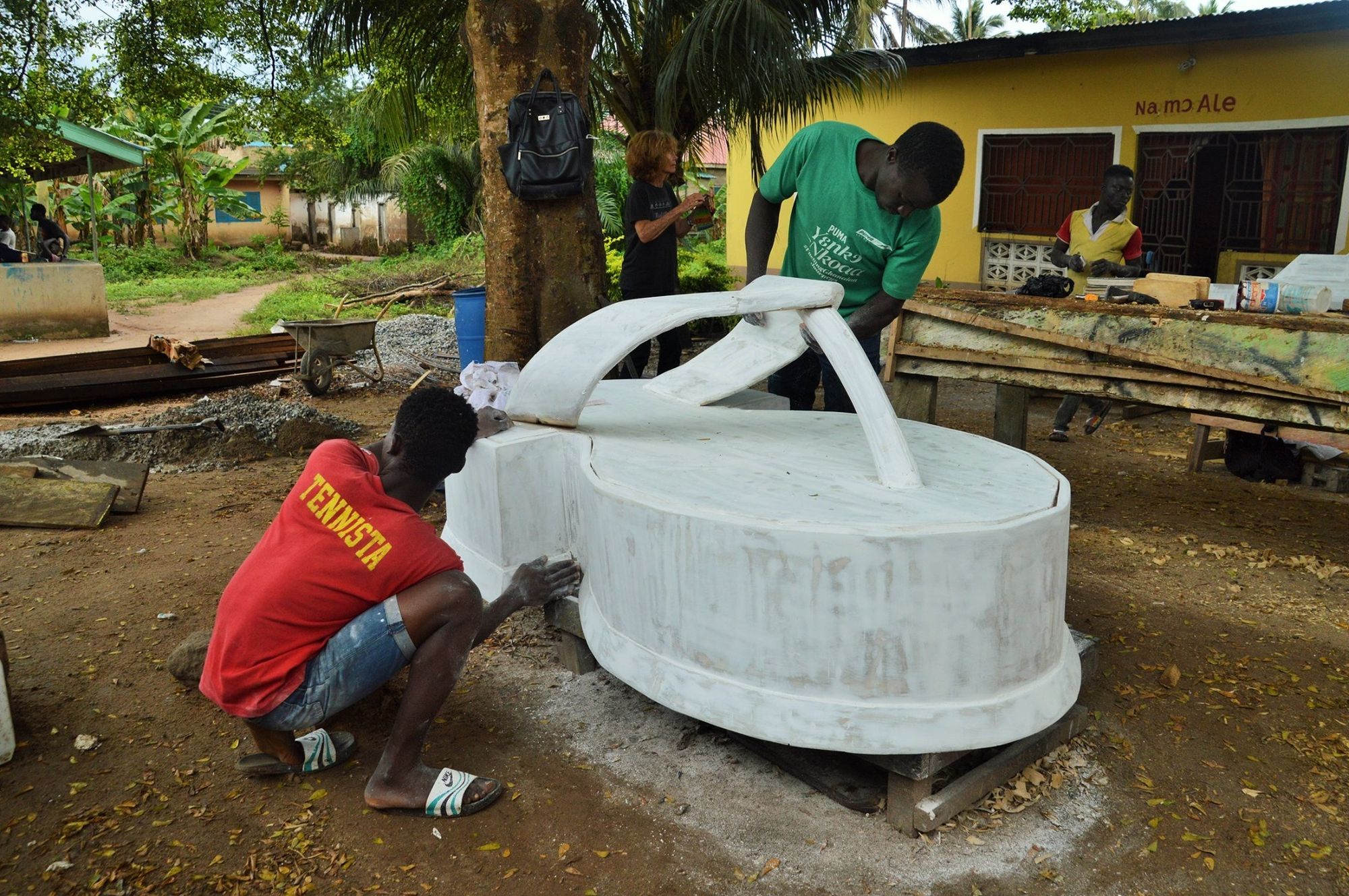
A small group of artisans within Accra’s Ga community have elevated death to an art form, through the creation of what they call ‘fantasy coffins’. These coffins are custom-made in a series of unusual shapes, from animals to shoes, ships to cocoa pods; representing the passions and professions of the deceased. The Ga believe that by burying someone in a coffin representing what they did in life, they help them carry it over into the afterlife.
The majority of coffin makers’ workshops are located on the Beach Road in the Teshie-Nungua district. You can tour the workshops to learn more about this fascinating craft.
When is The Best Time of Year to Visit Ghana?
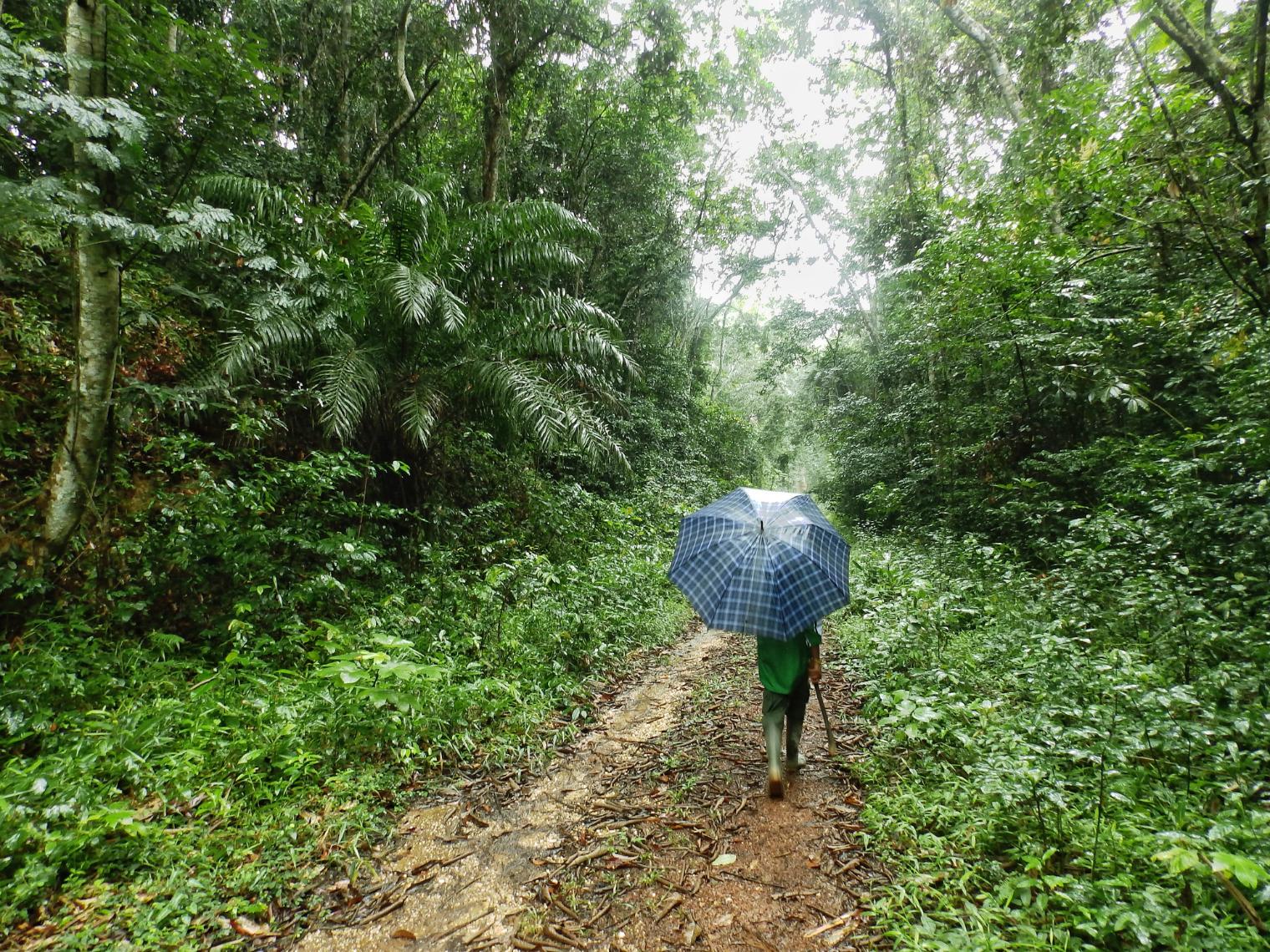
The best time of year to visit Ghana is often considered to be the dry season, which lasts from mid to late October through to the end of April. However, March is the hottest month in Ghana, with temperatures between 27°C and 33.0°C (but often rising higher), so Mark recommends avoiding it if you aren’t a fan of the heat.
“The best time to visit Ghana depends on what you’re looking for,” he says. “If you're going to be wildlife watching, I’d recommend the dry season - although the best time for butterflies is the end of the rainy season. If you don't like the heat, the coolest months for travel are from June to September.
“We have two rainy seasons in Ghana. The rains in mid May, June and July - June is probably the most consistent rainfall and then it eases a bit in July and August - and then we get the tropical rains from September into early October, which is the short downpours. In the north, we have one rainy season, which is mainly from May or June and continues to September. However, the rain doesn’t affect trips much. I wouldn’t do a trip where you’re in the forest all day during June and July, but at any other time of the year it’s fine.”
Feeling inspired? Join us on The Ultimate Adventure in Ghana, which Mark developed the itinerary for.


